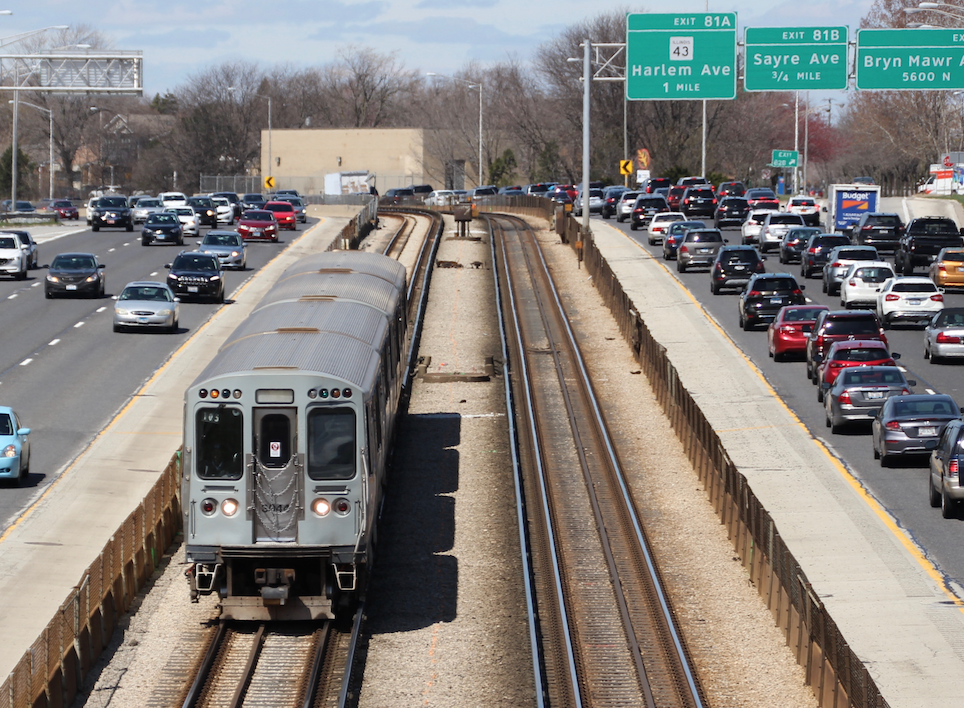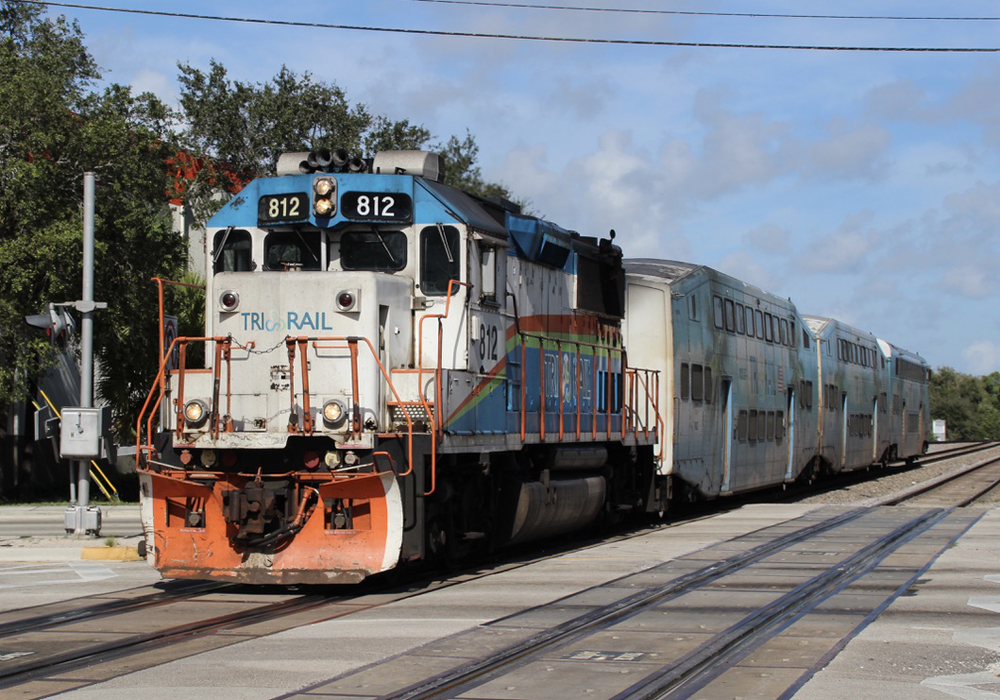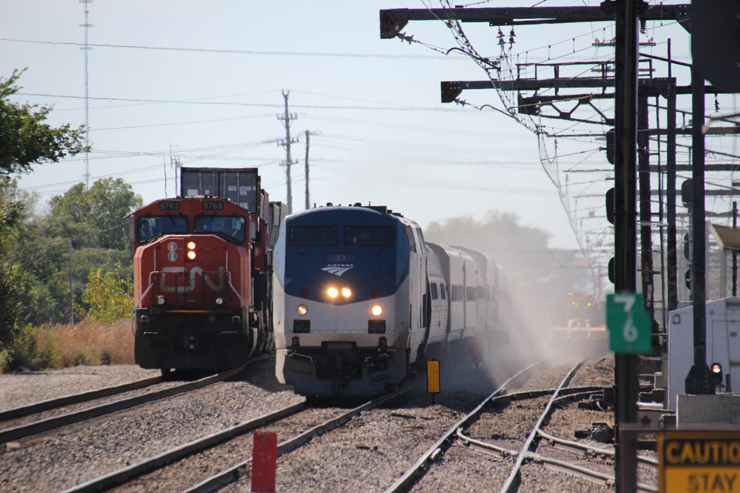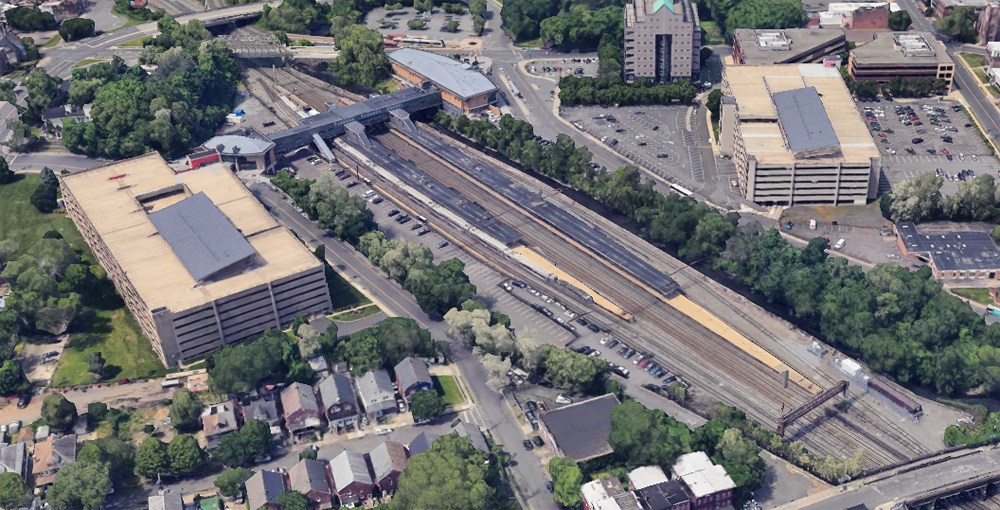
WASHINGTON — Six rail transit systems will receive more than $700 million in grants to replace aging railcars under grants announced Friday by the Federal Transit Administration as part of the Rail Vehicle Replacement Program.
“Every day, millions of Americans rely on subways, commuter rail, and light rail to get to work or school, buy groceries, and see loved ones, but many railcars still in service are decades old and in need of replacement,” U.S. Transportation Secretary Pete Buttigieg said in a press release. “These grants will help bring riders faster, safer, more reliable service on America’s rails.”
The grants are part of $1.5 billion in funding available through 2026 under the program created by the Bipartisan Infrastructure Law. Selected for grants are:
— The Chicago Transit Authority, which will receive $200 million to buy up to 300 new electric multiple-unit railcars to replace equipment operating since the 1980s, addressing the needs of a fleet with an average age of nearly 40 years.
— The Bi-State Development Agency of the Missouri-Illinois Metropolitan District, which will receive $196.3 million for 60 new light rail vehicles for the St. Louis area’s Metro system, replacing equipment that has exceeded or is near the end of its useful life.
— The Greater Cleveland Regional Transit Authority, receiving $130 million to buy 60 new light and heavy rail vehicles that can operate on both systems, eliminating the need for the authority to maintain two separate fleets. Cleveland has …

— The South Florida Regional Transportation Authority, operator of the Tri-Rail commuter service in the Miami area, which will receive $72.7 million to replace 24 locomotives and passenger cars, some 32% of its fleet.
— The Utah Transit Authority, receiving $60 million for 20 light rail vehicles to replace older railcars. The new equipment will improve reliability and safety and prove accessibility by allowing direct boarding and reducing the need for boarding devices.
— The Sacramento (Calif.) Regional Transit District, receiving $45.1 million for 16 new light rail vehicles, replacing older equipment which has exceeded its useful life and addressing the system’s state-of-good-repair needs.
Awards were determined based on criteria outlined in a Notice of Funding Opportunity. The FTA received more than $3.5 billion in funding requests.














Define Interstate, how about PATCO, NJ to Pa, or Metro-North CT to NY & NY to NJ. Or the South Shore In to Il. And remember CTA provides services to both Midway and OHare airports to continue an interstate trip or BART from both SFO and Oakland airports. And I almost forgot South Shore goes to the airport in South Bend.
Cleveland badly needs new equipment. The problem has been the need for two different sets of equipment. The Shaker Heights system was basically a line run with streetcars and long operated PCC cars over it. The Rapid Transit and Shaker Heights lines share trackage coming into downtown Cleveland. However when the Shaker Heights line splits to go on it’s own route it has an entirely different route structure and basically is running through suburbia with street crossings, tighter curves and other restrictions. I believe all the turning loops are now gone. I think Siemens is going to build the new cars?
I am curious just exactly where the CTA is going to acquire the said cars? CRRC Sifang?
Is this grant to finish paying for the base order (2000 series), or to start executing on the options part of the agreement (3200 series)?
There shouldn’t be any Fed money either for Hwy projects other than the Interstates. No Fed funding for state hwy projects, rural hwys or overpasses to facilitate traffic flow across the interstates or expanding roads due to development. The states can figure out other ways to pay for it like surcharges on package deliveries or raise their gas tax instead of siphoning money from the Federal treasury as they have been.
agree
Let me help Mayor Pete a bit. Here’s how I would put it:
“Every day, many fewer people use public transportation than was the case a few years ago. I have no way to increase farebox revenue, nor does anyone else on any part of the political spectrum, from far left to far right and everywhere in between. Across America, Maine to Hawaii, Miami to Alaska, public transportation is on economic life support with no way to improve the situation. This life support is provided by the federal government, even though these systems provide local transportation that has nothing to do with interstate commerce.
“The reason for this is very simple: states and localities are required to balance their budgets. The federal government is not so required, and quite obviously does not do so. In simple terms, we here in DeeCee are the only ones with any money, money which we create on a ginormous humungus printing press.
“Thus, the states and the locals ‘balance’ their budgets with borrowed money, money borrowed by someone else, namely the federal government. If a private company pulled this off, the CFO would be fired, and all his/her/its/their professional licenses struck off. But we’re the government so we don’t go by the rules.”
Charles – excellent consideration of proper pronouns.
Charles: And excellent commentary/analysis of the federal transit funding debacle and mess. You have my vote for USDOT Secretary !!
Charles don’t worry too much about it. Your unsaid prediction is about to come true when the federal government defaults on its debts as early as June 1. And precisely because of this largesse of spending that the federal government should shift to the states. If Cleveland wants new transit vehicles, then Cleveland and Ohio can find a way to pay for them their selves.
????? !!!!! ??????
— The Greater Cleveland Regional Transit Authority, receiving $130 million to buy 60 new light and heavy rail vehicles that can operate on both systems, eliminating the need for the authority to maintain two separate fleets. Cleveland has … ????? !!!!! ??????
Cleveland has the Rapid Transit (heavy rail) and Shaker Heights (light rail).